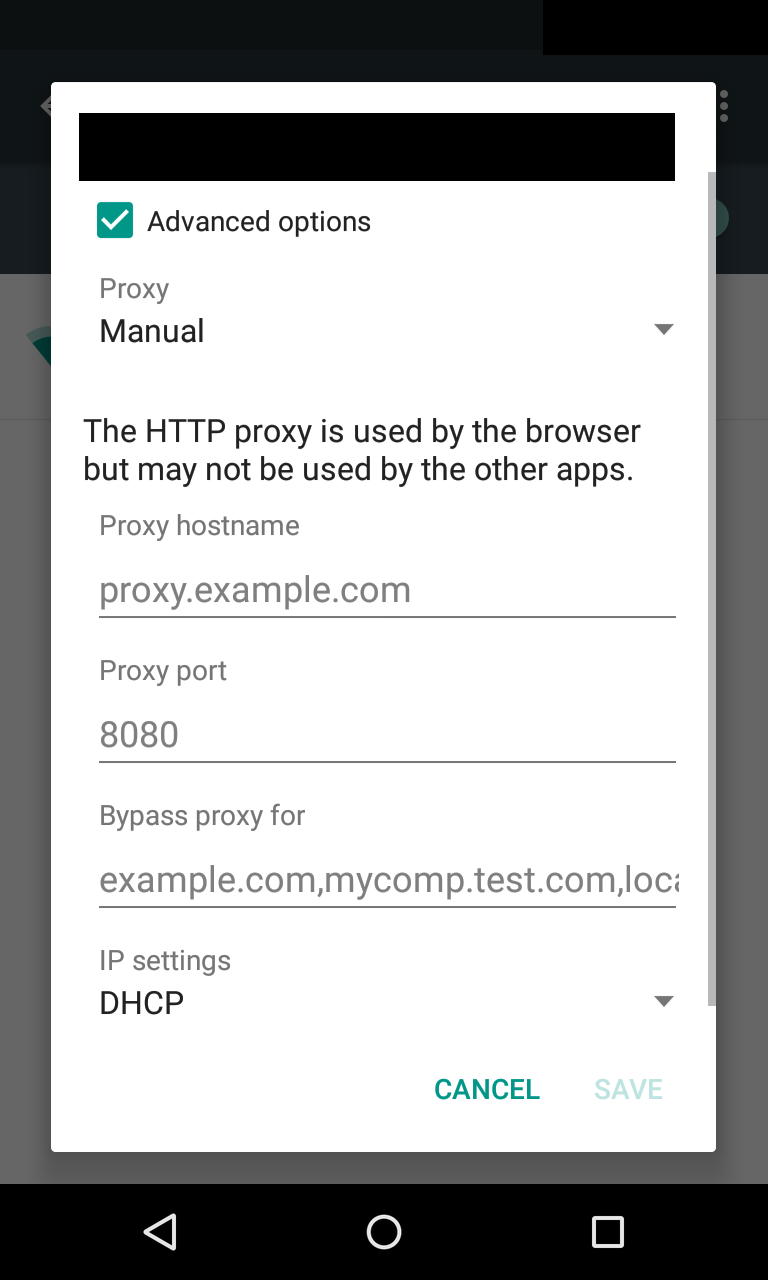

This example shows the need for Alice and Bob to have some way to ensure that they are truly each using each other's public keys, rather than the public key of an attacker. Bob thinks that this message is a secure communication from Alice.However, because it was actually encrypted with Mallory's key, Mallory can decrypt it, read it, modify it (if desired), re-encrypt with Bob's key, and forward it to Bob:Īlice Mallory "Meet me at the van down by the river!" → Bob.Alice encrypts a message with what she believes to be Bob's key, thinking that only Bob can read it:Īlice "Meet me at the bus stop!" → Mallory Bob.Mallory replaces Bob's key with her own, and relays this to Alice, claiming that it is Bob's key:.Mallory relays this message to Bob Bob cannot tell it is not really from Alice:Īlice Mallory "Hi Bob, it's Alice.Alice sends a message to Bob, which is intercepted by Mallory:Īlice "Hi Bob, it's Alice.When Bob receives the newly enciphered message, he believes it came from Alice. Mallory again intercepts, deciphers the message using her private key, possibly alters it if she wants, and re-enciphers it using the public key she intercepted from Bob when he originally tried to send it to Alice. Mallory sends Alice a forged message that appears to originate from Bob, but instead includes Mallory's public key.Īlice, believing this public key to be Bob's, encrypts her message with Mallory's key and sends the enciphered message back to Bob. If Bob sends his public key to Alice, but Mallory is able to intercept it, a MITM attack can begin. Meanwhile, Mallory wishes to intercept the conversation to eavesdrop and optionally to deliver a false message to Bob.įirst, Alice asks Bob for his public key. Suppose Alice wishes to communicate with Bob. Example Īn illustration of the man-in-the-middle attack For example, TLS can authenticate one or both parties using a mutually trusted certificate authority. Most cryptographic protocols include some form of endpoint authentication specifically to prevent MITM attacks. As it aims to circumvent mutual authentication, a MITM attack can succeed only when the attacker impersonates each endpoint sufficiently well to satisfy their expectations. This is straightforward in many circumstances for example, an attacker within the reception range of an unencrypted Wi-Fi access point could insert themselves as a man-in-the-middle. The attacker must be able to intercept all relevant messages passing between the two victims and inject new ones. One example of a MITM attack is active eavesdropping, in which the attacker makes independent connections with the victims and relays messages between them to make them believe they are talking directly to each other over a private connection, when in fact the entire conversation is controlled by the attacker. In cryptography and computer security, a man-in-the-middle attack is a cyberattack where the attacker secretly relays and possibly alters the communications between two parties who believe that they are directly communicating with each other, as the attacker has inserted themselves between the two parties.


 0 kommentar(er)
0 kommentar(er)
